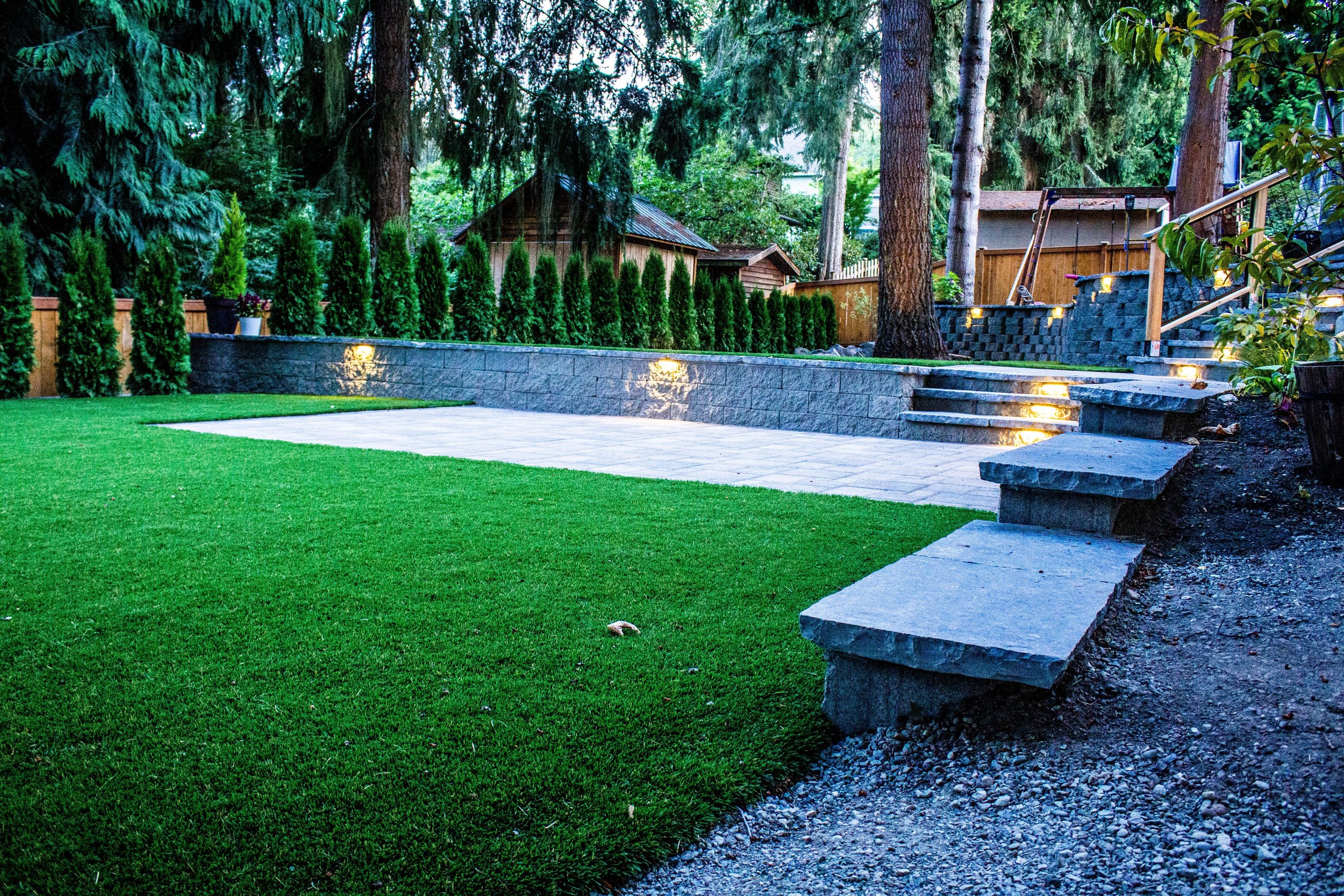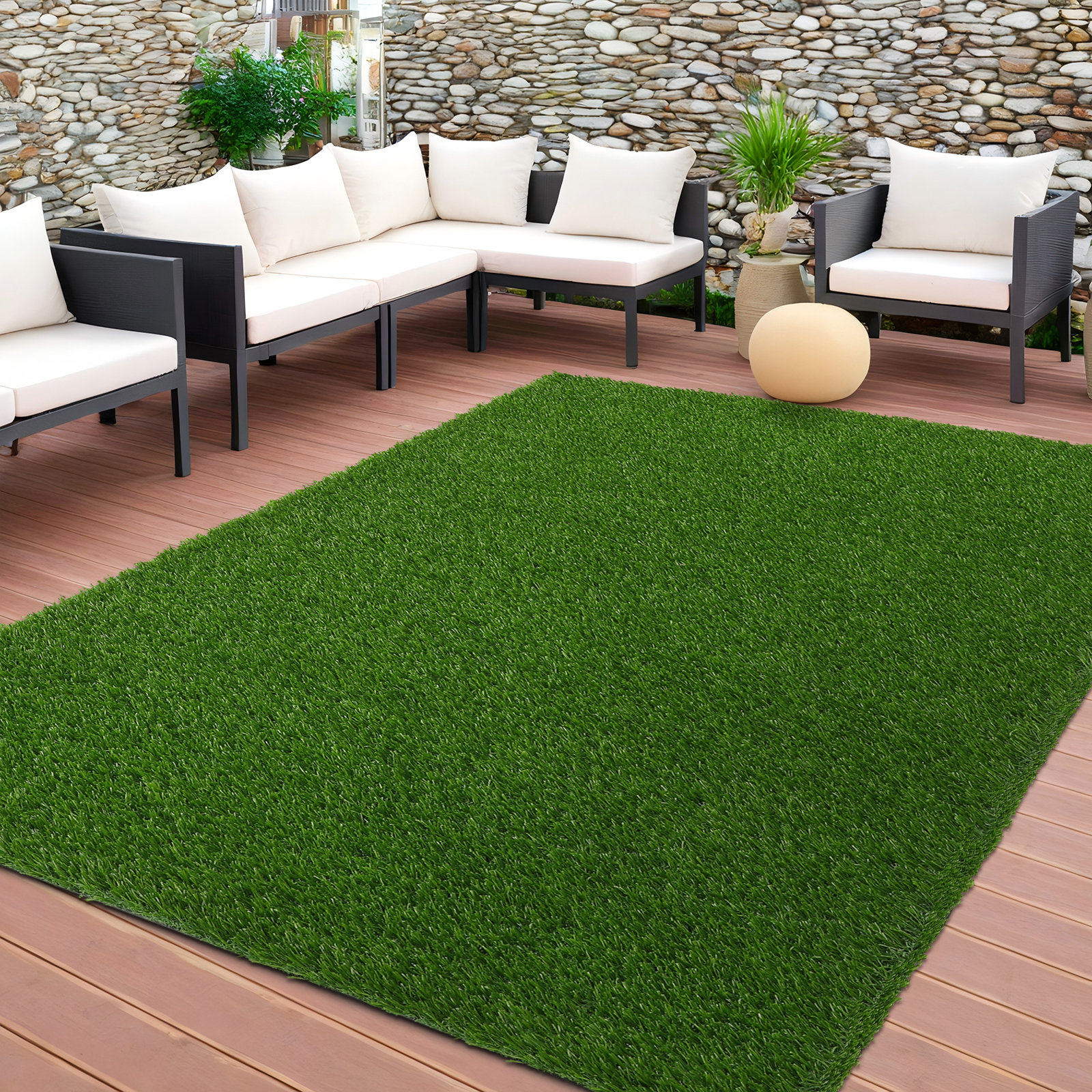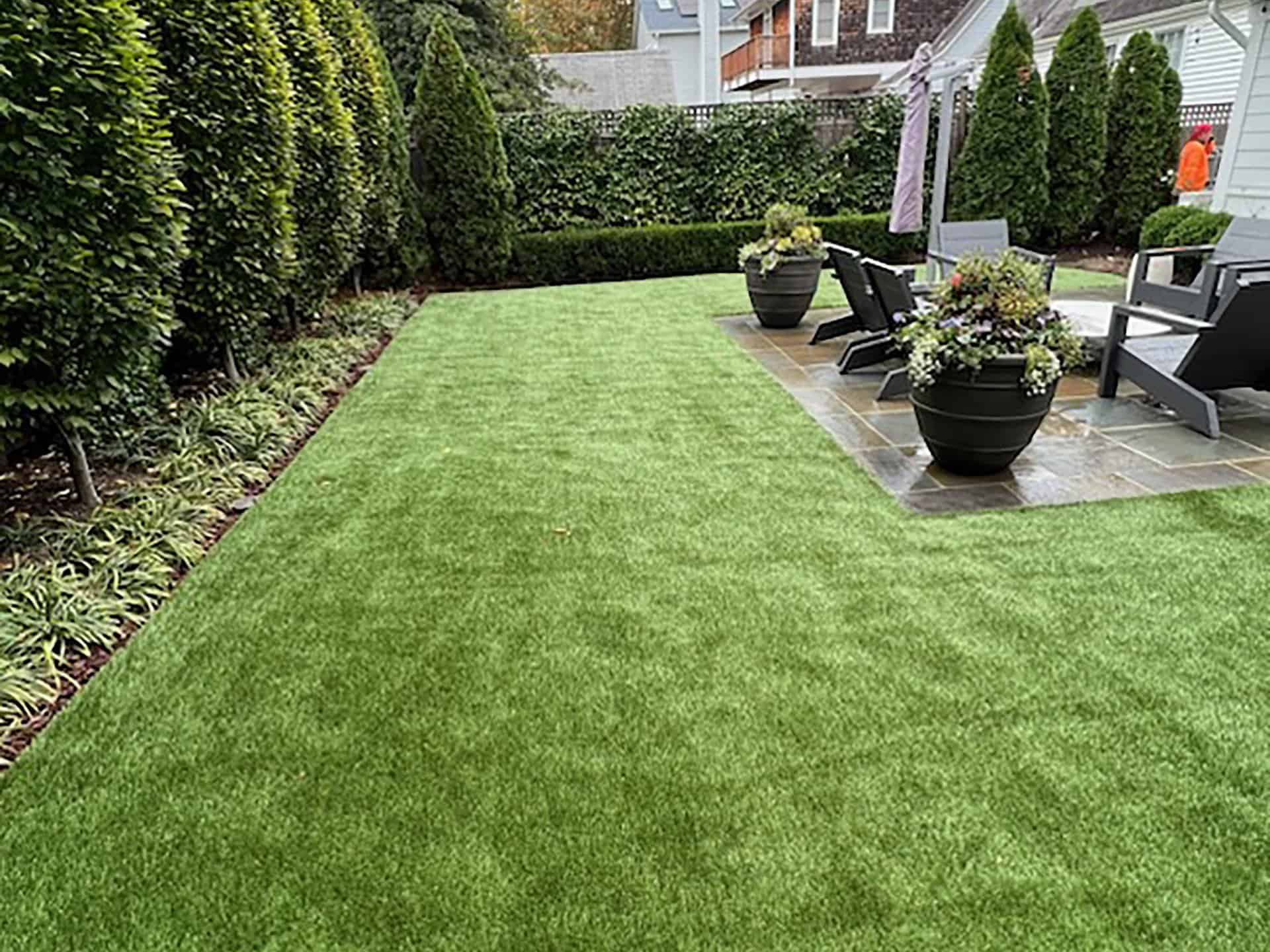Well-Known Phoenix Turf Companies Delivering Superior Synthetic Grass Installation
Well-Known Phoenix Turf Companies Delivering Superior Synthetic Grass Installation
Blog Article
Delve Into the Environmental Advantages of Opting for Artificial Grass Solutions
The adoption of man-made lawn solutions provides a compelling possibility to address pushing ecological difficulties. By dramatically reducing water usage and decreasing the application of hazardous chemicals, these alternatives not only advertise lasting landscaping but likewise protect regional ecological communities. Moreover, the reduced carbon impact related to decreased maintenance activities adds to an extra lasting approach to land monitoring. Nonetheless, the implications of these advantages expand beyond mere conservation efforts, questioning about their lasting influence on environment conservation and general eco-friendly equilibrium. Checking out these measurements exposes a complex interaction worth thinking about.
Water Preservation Perks
One of the most significant advantages of synthetic turf is its capacity to preserve water. In contrast, man-made lawn does not need watering, significantly minimizing the general need for water resources.
By getting rid of the requirement for normal watering, fabricated turf adds to sustainable landscape techniques and helps reduce the environmental influence of excessive water usage. Furthermore, the preservation of water reaches the decrease of runoff, which can cause dirt erosion and waterway pollution.
In addition, the installation of synthetic turf enables house owners and communities to allocate water sources a lot more successfully, concentrating on essential usages such as alcohol consumption water and farming. The shift in the direction of man-made turf not just promotes responsible water usage yet also straightens with more comprehensive environmental objectives focused on protecting natural deposits.
As communities significantly focus on sustainability, the water preservation benefits of man-made grass offer a compelling case for its adoption in commercial and domestic landscape design tasks.
Minimized Chemical Use
The shift to man-made lawn dramatically reduces the reliance on chemical treatments commonly made use of in natural yard maintenance. Typical grass management commonly includes the application of herbicides, fertilizers, and pesticides to advertise development and control pests. These chemicals can pose dangers to human wellness, neighborhood wildlife, and the atmosphere, adding to soil and water contamination.
In comparison, man-made grass removes the requirement for these damaging compounds. When installed, it requires minimal maintenance, largely being composed of routine cleansing and seldom infill replenishment. This reduction in chemical use not just benefits the prompt setting yet also adds to broader environmental stability. By reducing the release of synthetic compounds right into the ecosystem, artificial lawn promotes much healthier soil and water supply.
Furthermore, the lack of chemical drainage connected with artificial turf setups helps protect regional waterways from contamination, sustaining water life and preserving biodiversity. Artificial turf companies phoenix. As communities significantly focus on sustainable practices, selecting artificial turf presents a feasible service that lines up with ecological conservation objectives. Through this change, homeowner can enjoy lavish environment-friendly areas without jeopardizing ecological health and wellness, leading the way for an extra sustainable future
Reduced Carbon Impact

In addition, the setup of synthetic grass can cause substantial water conservation. Natural yards need substantial quantities of water for watering, which not only includes in the carbon footprint linked with water removal and treatment however likewise pressures local water resources. In comparison, synthetic grass needs marginal maintenance, calling for no watering, consequently considerably decreasing water usage and Your Domain Name its linked power costs.
In addition, the durability of synthetic grass contributes to its reduced carbon impact. With a lifespan of approximately 15 years or more, the demand for constant replacements is lessened, causing less waste and reduced power intake in production and disposing of conventional grass alternatives. Generally, synthetic grass provides a lasting choice for eco aware landscape design.
Environment Conservation
Habitat conservation is an important factor to consider in the argument over landscape design selections, especially when contrasting fabricated turf to natural turf. All-natural grass yards commonly need extensive maintenance, consisting of using herbicides, fertilizers, and pesticides, which can detrimentally impact local environments. These Source chemicals can leach into the dirt and waterways, damaging native plants and fauna and interfering with local environments.
Synthetic grass gets rid of the requirement for damaging chemicals, thus safeguarding neighboring wild animals and maintaining the stability of bordering ecosystems. The setup of artificial turf can lead to the conversion of previous lawn areas right into more biodiverse landscapes, such as pollinator yards or native plant areas, which can support local wildlife.
Inevitably, the transition to synthetic grass not only preserves water and reduces maintenance initiatives but additionally cultivates a much more harmonious relationship in between human activities and the native environment, advertising environment conservation at the same time.
Long-Term Sustainability
Lasting sustainability is a crucial element in assessing the advantages of fabricated grass over traditional turf yards. One of the most significant advantages of man-made lawn is its sturdiness; it can last up to 15-20 years with marginal maintenance, whereas natural lawn requires constant reseeding and substitute. This go to my site long life lowers the need for continuous sources, such as water, plant foods, and pesticides, which are vital for preserving a healthy and balanced grass yard.
In addition, fabricated turf adds to a decrease in carbon exhausts related to lawn care devices. Typical grass often require gas-powered mowers, leaners, and blowers, every one of which contribute to air pollution. Arizona artificial turf. On the other hand, synthetic grass eliminates the need for such tools, advertising a cleaner setting
In addition, the manufacturing of synthetic grass significantly makes use of recycled materials, enhancing its sustainability account. As manufacturers take on environment-friendly practices, the ecological footprint of synthetic grass remains to reduce.

Conclusion
The fostering of synthetic grass services presents substantial environmental benefits, consisting of considerable water preservation, lowered reliance on dangerous chemicals, and a reduced carbon impact. Synthetic turf aids in protecting all-natural habitats by lessening land disruption and promoting lasting sustainability via the usage of resilient materials. Jointly, these elements emphasize the possibility of synthetic grass to contribute positively to ecological health and supply a practical choice to conventional landscape design techniques in a significantly resource-conscious world.
In contrast, synthetic grass does not need watering, dramatically lowering the general demand for water sources. By decreasing the release of artificial compounds into the ecological community, man-made turf advertises much healthier dirt and water systems.
Furthermore, the installment of artificial grass can result in significant water conservation. In contrast, man-made grass requires very little upkeep, requiring no watering, therefore significantly minimizing water use and its associated energy prices.

Report this page